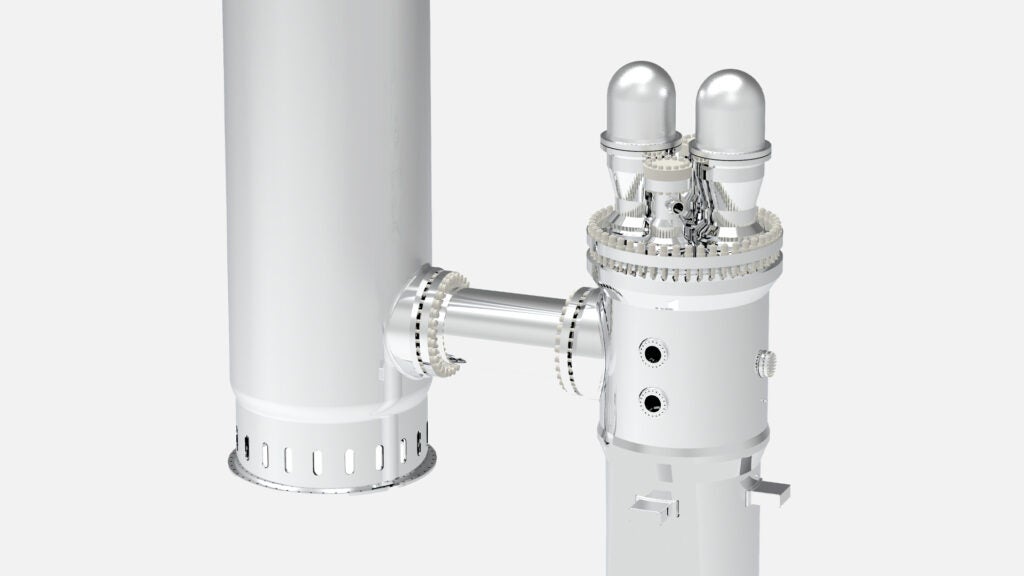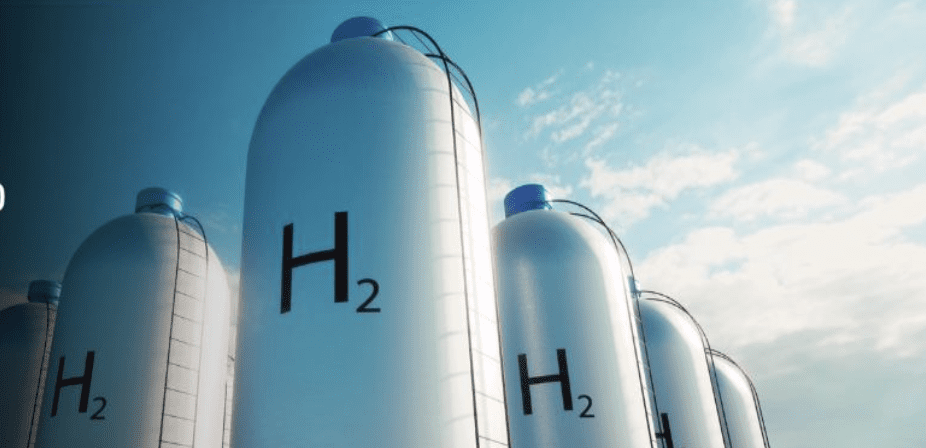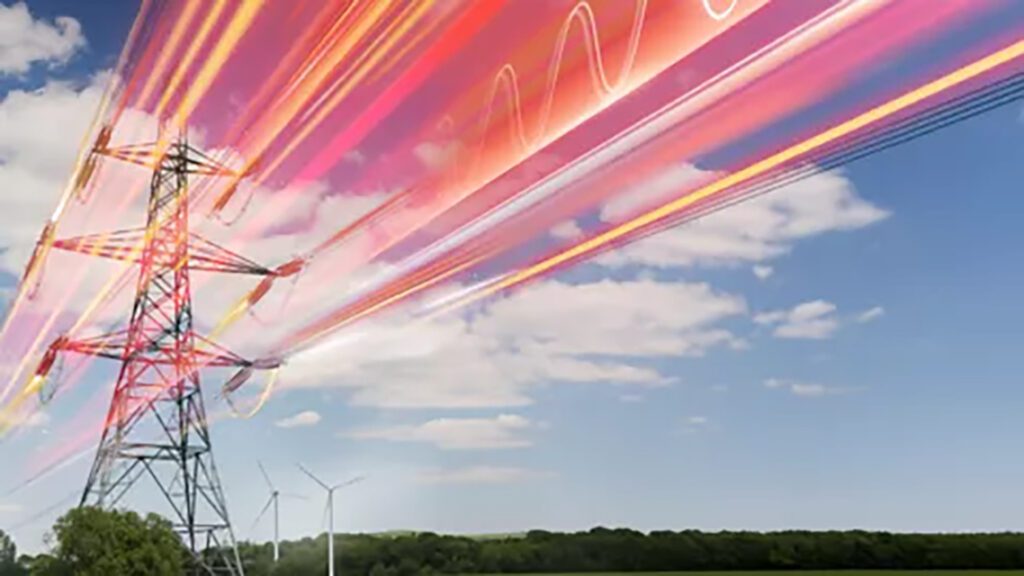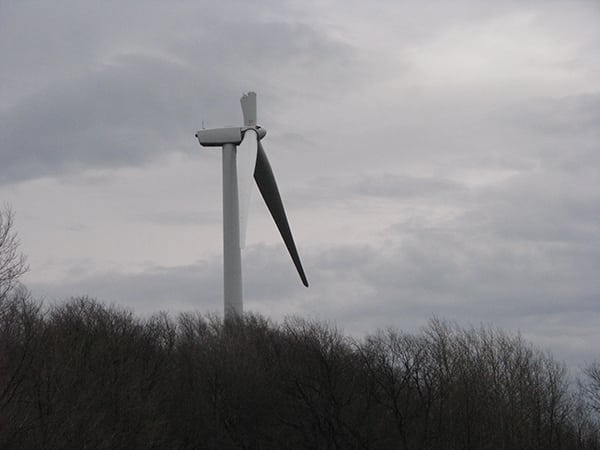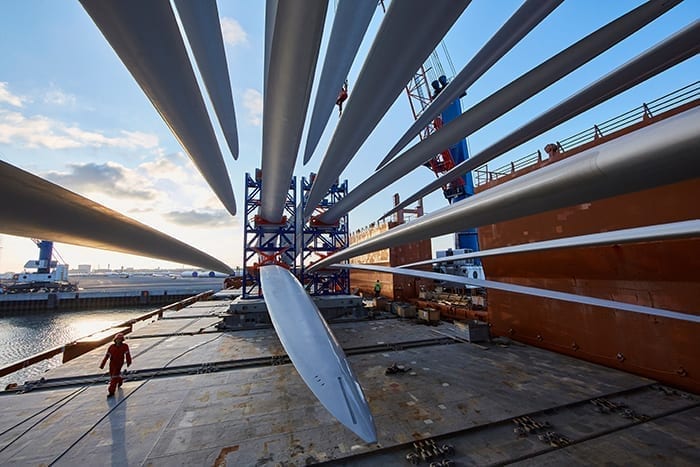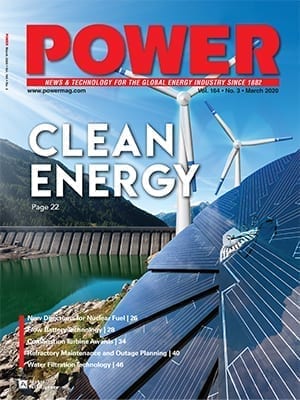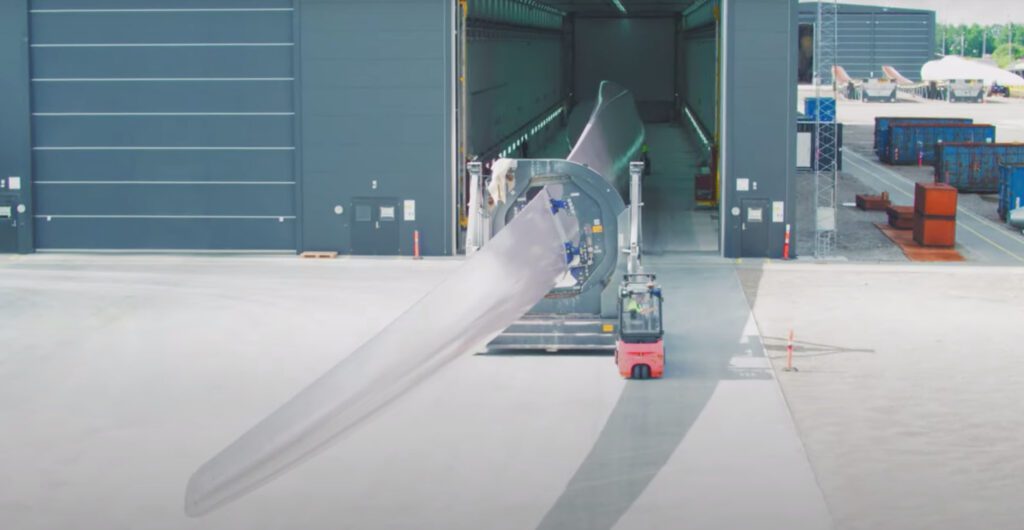Wind power is one of the UK’s most abundant sources of renewable energy. Ensuring wind turbines operate reliably and extending their useful lifetimes are important to achieving a sustainable energy future.
The newly elected Labour government—as part of its plans to transform the UK into a “clean energy superpower”—wants to drastically expand renewables capacity, which includes quadrupling offshore wind capacity to 52 GW by 2030. It has also pledged to bring forward the country’s net zero emissions target from 2050 to 2030, in a bid to tackle climate change and create high-quality green jobs.
This is welcome news to the wind industry, of course—but there are challenges to overcome first. Public resistance to wind farms (the “NIMBY” threat, that is, “not in my backyard”) is the most well-known. However, there are other fundamental issues around the lifecycle of wind turbines, and collaboration between industry partners that must be addressed if wind energy is to be sustainable in all senses of the word.
Maintaining Profits Across the Supply Chain
There’s no denying that the capex (capital expenditure) costs associated with building wind farms, particularly offshore or remote ones, are high. That’s not stopped the government from moving ahead with plans to start building; in fact, a new deal with Crown Estate to build wind farms on the UK’s seabeds was the first announcement from the newly formed Great British Energy in July.
Wind power (Figure 1) is generally profitable for operators, thanks to government subsidies, as well as investment from pensions and other funds, and the fact that the price of power is holding steady (in the UK, at least). The problem though, is that this profitability isn’t always seen on the manufacturing side because wind turbines are so expensive to produce.
 |
|
1. While the UK ranks #1 in Europe with 15 GW of installed offshore wind capacity, its goal is to have 60 GW by 2030. Courtesy: BGB |
One reason for this is the sheer size of the components that make up modern turbines. Bigger turbines are more effective at producing energy, which can reduce costs for operators and end users. However, they also create logistical challenges that often fall to original equipment manufacturers (OEMs) and distributors, including the suppliers of components and subcomponents.
Blades are, for the most part, still manufactured in one piece—but these larger models still have to be manufactured, quality tested, installed, and transported like any other. We can’t change the roads to accommodate them, so people are now coming up with modular ways to transport and install them so that those cost benefits associated with bigger turbines can be realised.
At an operational level, the production runs on wind turbine generators (WTGs) are shorter, as the manufacturers move to new platforms every 18 to 24 months. This makes it difficult to recover design costs and also create a quality feedback loop between operational reliability and WTG design. With nameplate capacity increasing, it also means that fewer turbines are required per project so the cost per unit is higher.
Any reliability issues that manifest under WTG warranty are worn by the manufacturer, both in replacement part costs, availability guarantees, and quality costs. Two or three high profile failures, such as blade collapse, can destroy a wind turbine’s order book and can have a devastating impact on a WTG manufacturer’s profit and loss.
All this comes on top of rising costs in other areas, including wage bills as companies compete for a tight pool of engineering talent, and price hikes for raw materials due to the supply chain disruption seen in recent years. Ultimately, the economic benefits of wind power in the UK—including job creation—depends on the profitability of homegrown businesses across the supply chain.
Cost pressures and competition developing larger turbines has manifested in some quality issues at firms around Europe, which leaves the door open to manufacturers from the Far East who can win out on pricing. The UK manufacturing sector, as a whole, has already dropped out of the top 10 world rankings but a renewed focus on quality and innovation in the green energy sector could restore its place as a global leader.
Collaborative Development
Quality, innovation, and longevity is only possible if manufacturers become genuine partners, rather than just suppliers. At the moment, they are often beholden to customers who want prescriptive processes in place to keep costs down—but that means they’re doing little more than assembling components, often with poorly written specifications. That leaves less time for innovation and testing that could help the wind power industry overcome many of the challenges it faces.
What’s far more effective than a prescriptive approach is collaborative development, where manufacturers are engaged, at an early stage, to discuss how a customer’s requirements can be factored into the design and build. Bringing them in from the start allows all parties to address issues, from positions of expertise, so they don’t experience unexpected failures and costs further down the line.
Growth in the Aftermarket
Although efficiencies and collaboration can bring down the overall costs of delivery, as well as drive both quality and innovation, we also need to consider the entire lifecycle of turbines, from development and deployment to decommissioning.
It’s well-known that turbines are notoriously difficult to dispose of sustainably. About 96% of a wind turbine can be recycled, but the huge fibreglass blades cannot. That might change, thanks to the inventiveness of ambitious start-ups who are pioneering energy-efficient ways of breaking down the blades to extract the glass fibre from old turbine blades for reuse elsewhere.
But extending the lifetime of existing turbines increases the amount of time that materials remain in circulation before considering disposal, reconditioning, or second-hand re-sale. The growth we’re seeing in the refurbishment aftermarket is a sign that operators recognise that repairing rather than replacing is both more cost-effective and environmentally friendly.
Replacing small parts—like slip rings (Figure 2), brush holders, and rotary unions—is far cheaper and less disruptive than replacing blades or entire turbines, and there are now many more OEM-agnostic components that offer a new level of flexibility. Continual testing ensures that components are performing well and highlights any issues before they require significant maintenance and downtime.
 |
|
2. Pitch control slip ring devices are shown here being tested. Courtesy: BGB |
At BGB, we’ve certainly seen the appetite for testing grow. So much so that around 95% of our customers now use our state-of-the-art testing facility near our headquarters in Grantham. Wherever possible, they want their turbines to last beyond the typical 20 to 25 years. In one case, an operator who predicted their turbine would have a 19-year lifespan managed to extend it to 40 years, thanks to our component testing.
At our site, we use telemetry and live data acquisition and control systems to monitor performance in real time. This can be done remotely, with turbines continuing to operate. The results not only support ongoing maintenance but also the design, and research and development (R&D) for new parts.
Like the turbines themselves, our test facilities are evolving too. As well as increasing capacity, we’ve also added a separate high-voltage test area to review and mitigate the impact of increased risk of lightning strikes, caused by unpredictable weather patterns so that turbines have a stronger chance of survival and being able to withstand those extreme conditions.
Playing Our Part
There are about 8,000 components in a wind turbine, and while the blades are the most difficult parts to dispose of sustainably, the whole industry has to play its part in reducing waste and increasing their longevity. At BGB, we manufacture about 20 of these components, but we also want to take accountability for the parts we distribute around the world.
Our own slip rings and associated components are small but anything we can do to extend their lifespan—and the lifespan of the turbines themselves—is critical. We’re looking at different materials, in particular, how well-suited they are to wind applications and how they can be maintained to perform as well as possible. We’re also looking into the data around existing parts, when they were manufactured and their condition, to predict when they might fail. Particularly when it comes to huge machines, like the GE Cypress platform, which is around 5.8 MW, it’s vital that operators are able to understand when a relatively small part needs to be replaced.
An Important Resource
Net zero is a bold ambition—especially following the change of government. Even if we don’t reach the goal on schedule, the progress that we’re now making is going to benefit us all.
Wind is a cheap, secure, and clean source of energy. The UK has a wonderful wind resource and dense population, and thanks to government schemes made available on and off for the past 20 years, we’ve become a world leader in offshore wind farms, outside of China. That’s no mean feat.
And while there are some interesting designs coming out of China, in particular—including new multi-rotor and floating turbines—there are plenty of opportunities for the UK to innovate and optimise. This includes maximising wind energy through better energy storage, grid stabilisation methods, and interconnectors so we benefit from the most favourable weather conditions for generating power.
For us, it’s about producing the best quality products in the most cost-effective way possible—investing not only in the R&D and production side but also in testing and maintenance. The size of turbines today, and the complexities around installation (particularly those in offshore deep-water locations) only makes the case stronger for high-quality manufacturing of longer-life components.
—Alex Pucacco is an engineer and business development manager at BGB.




